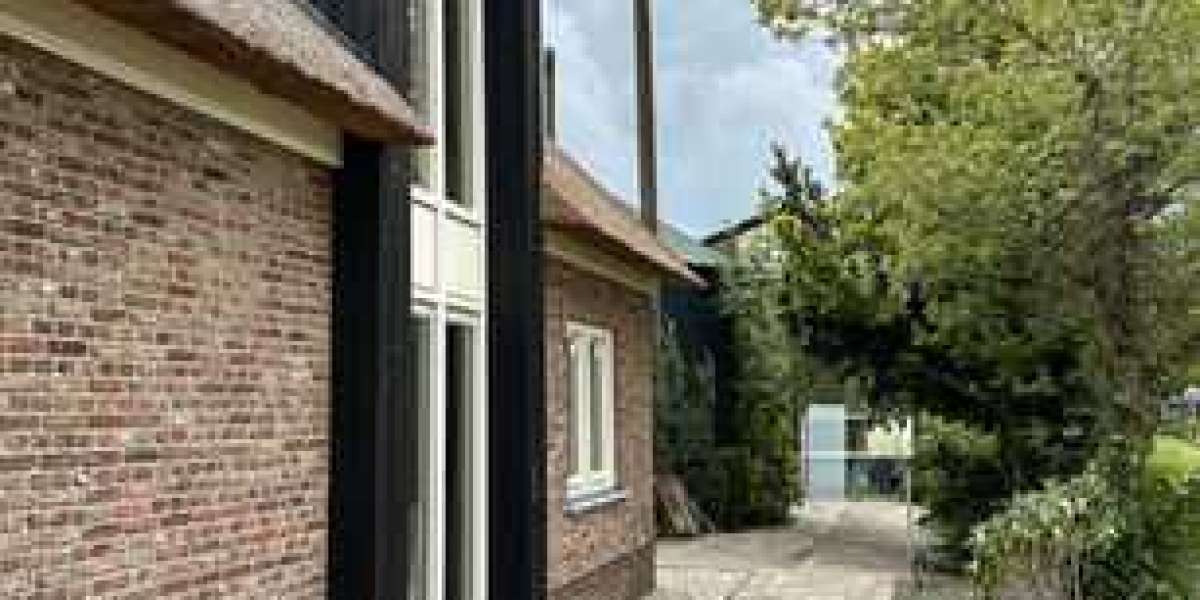Few materials can make the same claim as **Shou Sugi Ban** when making the marriage between traditional timeless craft and modern daring style. This ancient Japanese art consists of charring the timber surface for preservation and protection, resulting in a rich and textured finish that is appealing and stands up to the test of time.
Although this powerful technique has gained traction in contemporary architecture styles and home design, it is certainly one of the beauties of Shou Sugi Ban that charred-look is hardly far from it. Here is what you need to know about Shou Sugi Ban in case you might be considering it for your home.
What Is Shou Sugi Ban?
Shou Sugi Ban is the traditional Japanese method of preserving wood by means of charring the wood surfaces with fire, followed by cooling, cleaning, and finishing with natural oils. This was originally done to protect exterior wood from the sun, insects, and decay; now, however, just as much attention is given to its deep, blackened surface and dramatic visual presence as to its durability.
The application used to be **Japanese cedar wood only**, while nowadays the process are influenced and modified for more types of wood such as pine, larch, and high-quality timbers like Accoya wood.
Why Is It So Popular?
In the last few years, Shou Sugi Ban has picked up a momentum among architects, designers, and homeowners, and for good reasons.
Some of the listed benefits include:
- Unique Aesthetic: The charred surface will always have dramatic black, grey, or dark brown shades with beautiful natural grain patterns coming through — it works equally well in modern and rustic settings.
- Durability: The carbonized surface layer gives incredible protection against attacks by insects, rot, UV rays, and severe weather conditions.
- Low Maintenance: Shou Sugi Ban timber that has been well-oiled offers less work and attention than painted or stained woods.
- Ecological: Sustainably harvested woods are often used in this method, preventing the need for chemical preservatives and paints.
- Versatile: Possible both internally and externally, on cladding, fencing, furniture, or even flooring.
Will It Usefully Fit into Your Home?
While the pros are tempting enough, it is wise to consider whether Shou Sugi Ban will suit your home from the standpoint of style, environment, and maintenance expectations.
Take into account the following considerations:
1. Location and Climate
Shou Sugi Ban is highly resistant to weather, allowing for neat usage on exteriors where sun, wind, or rain are present. However, extreme humidity or dampness may require more sealing and care to combat moisture build-up.
2.Style and Design
Shou Sugi Ban is a gorgeous contrast and rich textural depths, with this style being suitable for really modern, industrial, Scandinavian, or minimalist aesthetics. It complements natural stone, glass, metal, and light, neutral finishes so beautifully.
3. Material Compatibility
The originally Japanese Shou Sugi Ban can be utilized on timber types like accoya shou sugi ban, larch, Douglas fir, and look alike. However, not all wood species are appropriate-they include softer or unstable wood that might crack or deteriorate over time.
4. Anticipated Maintenance
The charred surface is supposed to be a natural preservative but, like most of external usage, periodic oiling or re-sealing is expected. After some time, when left to the weather, it lightens up or patinas, a lovely thing many would say.
Interior vs. Outdoor Use
Concrete Ideas: indoor and external cladding. It may also be used inside for wall panels, ceilings, feature walls, cabinetry, shelving, and even furniture.
External: Cladding, fencing, gates, pergolas, and garden screens. Very weather-tight while also making an architectural statement.
Internal: Evokes warmth, character, and contrast in the minimalist or monochrome environment.
When placed within, it is usually finished off with either a clear coating or oil to reduce flakes or smudges transferred from the charred surface.
Questions For Your Supplier
However, it is vital to partner with experienced suppliers or manufacturers for the Shou Sugi Ban's consideration in your home. Here's what you should ask:
1. What timber species do you use?
2. Is the timber sustainably sourced?
3. What level of charring is applied (light, medium, or deep)?
4. Is the timber pre-treated or finished with oils/sealers?
5. How do you recommend maintaining it long-term?
6. Is it suitable for both indoor and outdoor use?
Final Thoughts
Shou Sugi Ban has a rare combination of natural beauty with durability and cultural heritage. It can indeed change a home's complete look or interior, making it one of the celebrities with design-willing homeowners.
That's the way it should be. Anytime you choose a particular material, its aesthetic value should be weighed against other practical criteria like whether the material fits a particular climate, long-term maintenance, and budget considerations. If so done and applied by skilled professionals, Shou Sugi Ban timber becomes an awesome, sustainable feature telling a centuries-old yet refreshingly modern tale.



